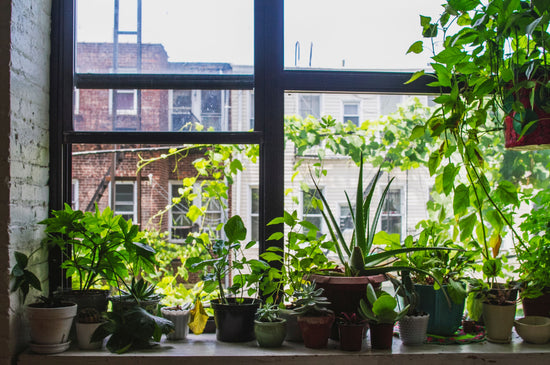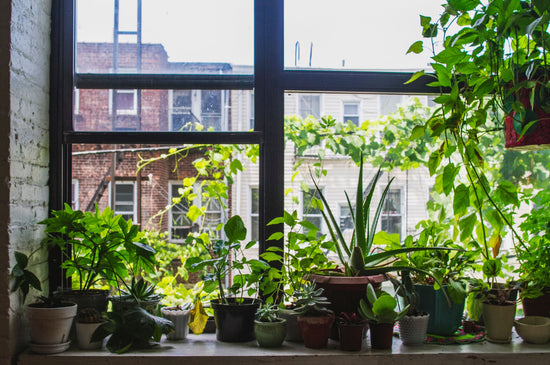How to Plant Blueberry Bushes: A Comprehensive Guide
Blueberries are one of the most rewarding fruit plants to grow, offering a combination of beauty, health benefits, and delicious fruit. With the proper care, a blueberry bush can thrive in gardens or pots, making it a versatile addition to any green space. Products like the Blueberry Plant Starter Plants make starting your blueberry-growing journey easier than ever.
Choosing the Right Blueberry Plant
Blueberries come in various types, including rabbiteye, highbush, and lowbush varieties. Popular options such as the Emerald Blueberry Plant and the Berry Variety Pack offer diverse choices for different climates and tastes.
Preparing the Soil
Blueberry plants thrive in acidic soil with a pH between 4.5 and 5.5. To achieve this, test your soil and amend it with sulfur if necessary. Organic matter, such as compost or peat moss, enhances soil texture and nutrient content.
Planting Blueberry Bushes
- Location: Choose a sunny spot for your blueberry plant, as these bushes need at least six hours of sunlight daily.
- Spacing: Space bushes about 4–5 feet apart to allow room for growth.
- Digging Holes: Dig a hole twice as wide and as deep as the root ball of your plant.
- Planting: Place the bush in the hole, backfill with soil, and water thoroughly.
Watering and Mulching
Blueberries require consistent moisture, particularly during their growing season. Adding a 2–4 inch layer of mulch around the base helps retain soil moisture and prevent weeds.
Growing Blueberries in Pots
For those with limited space, consider planting blueberries in pots. Products like the Blueberry Plant Live are ideal for container gardening. Use a pot at least 18–24 inches in diameter, ensuring it has drainage holes to prevent waterlogging.
Fertilizing and Pruning
Fertilize your blueberry bush with an acid-loving plant fertilizer in early spring and again after harvest. Prune annually to remove dead or weak branches and encourage new growth.
Harvesting Blueberries
Blueberries are ready for harvest when they turn fully blue and come off the bush easily. For the best flavor, allow them to ripen fully on the plant.
Common Challenges
- Pests: Use netting to protect your bushes from birds.
- Diseases: Prevent root rot by ensuring proper drainage.
- Soil Issues: Regularly test soil pH to maintain acidity.
FAQs
Q: Can blueberry bushes grow in any climate?
A: Blueberry bushes thrive in various climates but perform best in regions with distinct winters. Consider choosing the Patio Fruit Plant Variety Pack for a mix of options.
Q: How soon will my blueberry bush produce fruit?
A: Most blueberry bushes begin producing fruit 2–3 years after planting, with peak yields occurring in subsequent years.
Q: Do blueberries require cross-pollination?
A: While self-pollinating, cross-pollination improves yield and fruit quality. Planting multiple varieties like those found in the Fruit Trees Collection ensures better pollination.
With proper care and the right plants, you can enjoy bountiful blueberry harvests for years to come. Shop Wekiva Foliage for high-quality blueberry plants and other fruiting options to transform your garden into an oasis of flavor and beauty.





